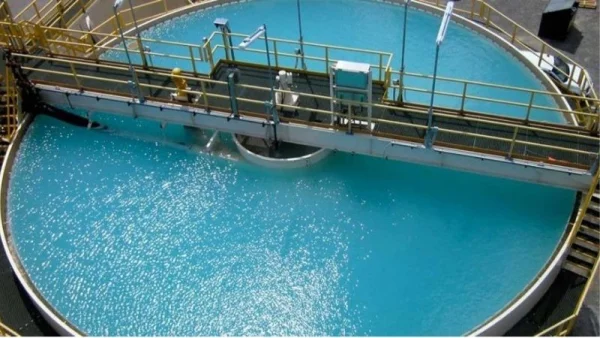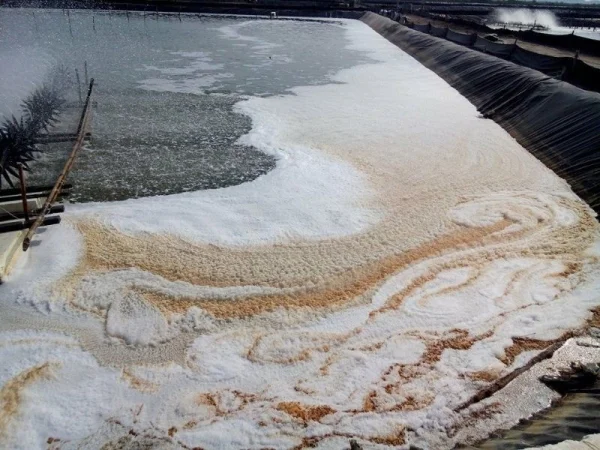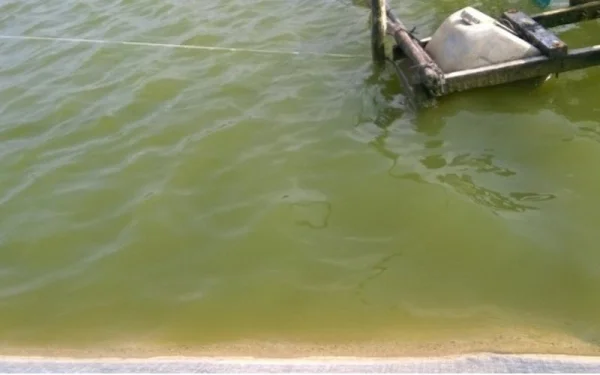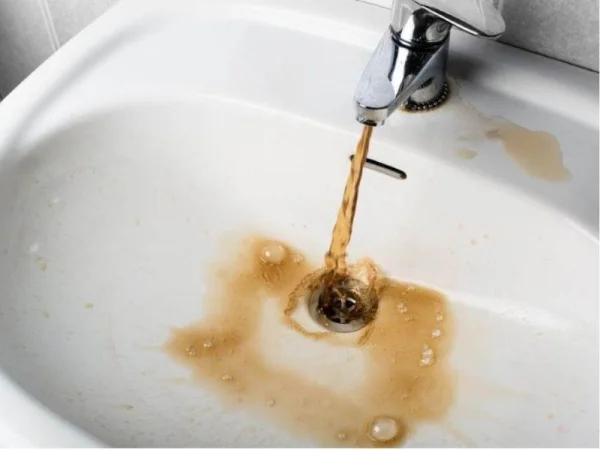
During the industrial wastewater treatment process, people often use coagulation chemicals to remove residue and toxic dirt inside. PAC is the most used chemical today thanks to its high treatment efficiency and ease of use and storage. So what are the applications of PAC for wastewater treatment , and what is the dosage? In the article below, Dong A will share useful information about this chemical for your reference.
1. How does PAC's application treat wastewater?
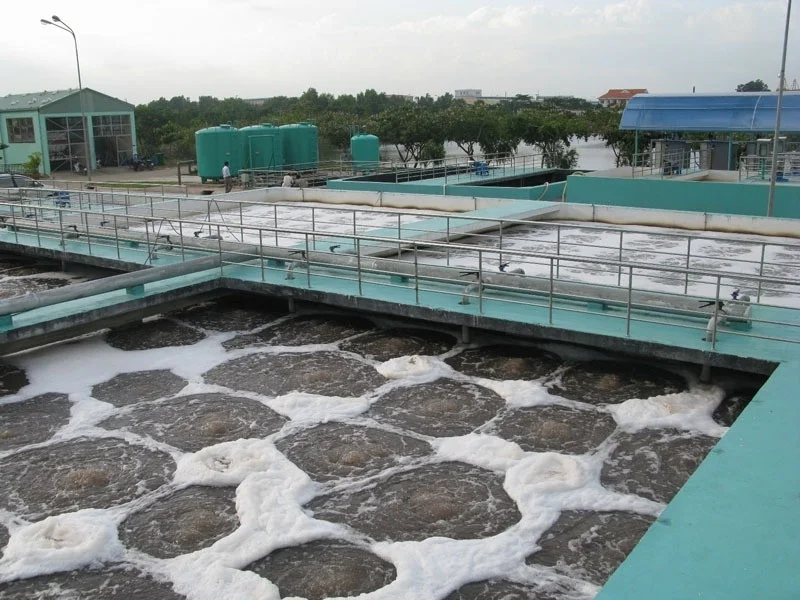
How does PAC's application treat wastewater?
PAC or Poly Aluminum Chloride is a type of aluminum alum that exists in polymer form and has the formula of [Al 2 (OH) n Cl 6-n ] m . Currently, this chemical is still being produced in large quantities and widely used in advanced countries to replace Aluminum Sulfate alum in wastewater treatment, especially for highly polluted wastewater.
PAC chemical has the ability of removing soluble and insoluble organic substances and heavy metals better than sulfate alum. This helps increase the clarity of water, and thanks to its good color absorption ability, it also brings high efficiency in wastewater treatment and a number of other industries such as pulp making, textile dyeing, and heavy metal production, metallurgy, coal washing, meat processing...
Poly Aluminum Chloride helps recover all useful substances remaining in industrial wastewater and residues. Thereby contributing to promoting the deposition of crushed coal in wastewater at coal washing and starch recovery activities in the manufacturing industry. Furthermore, PAC is also used to treat supplied water in large areas and export processing zones.
2. Dosage of PAC chemical in wastewater treatment

Dosage of PAC chemical in wastewater treatment
The dosage of this type of aluminum alum used for treatment will depend on the quality of each different type of water. Therefore, referring to how to mix PAC chemical to treat wastewater with different dosages helps everyone achieve the best results.
When using, Poly Aluminum Chloride should be diluted at a ratio of about 1:3 (weight ratio) and stir well until completely dissolved before adding it to the water to be treated. If you need to treat domestic or production wastewater, you need to add about 30g of PAC per thousand liters of water. At the same time, after using diluted chemicals but there is no obvious effect, it is necessary to reduce or increase the dosage accordingly.
In case the raw water turbidity is 100 - 500mg/l, the wastewater PAC dosage to use is 5 - 10mg. This means that the dosage per 1 thousand liters of water is about 5 - 10kg. It is necessary to conduct a small test based on the water quality characteristics before use and then choose the best value to put into wastewater treatment with PAC.
No. | Applied areas | Uni (kg/1000m 3 of water) |
1 | Domestic water | 2,5 ~ 25 |
2 | Urban wastewater | 15 ~ 50 |
3 | Metallurgical wastewater | 20 ~ 150 |
4 | Printing and dyeing wastewater | 100 ~ 300 |
5 | Paint wastewater | 100 ~ 300 |
6 | Food wastewater | 50 ~ 150 |
7 | Emulsification wastewater | 50 ~ 200 |
8 | Industrial wastewater | 2,5 ~ 25 |
9 | Electroplating wastewater | 20 ~ 100 |
10 | Paper production wastewater | 50 ~ 300 |
11 | Bleaching and dyeing wastewater | 100 ~ 300 |
12 | Leather tannery wastewater | 100 ~ 300 |
13 | Chemical wastewater | 50 ~ 100 |
14 | Coal washing wastewater | 30 ~ 100 |
3. Advantages of using PAC to treat wastewater
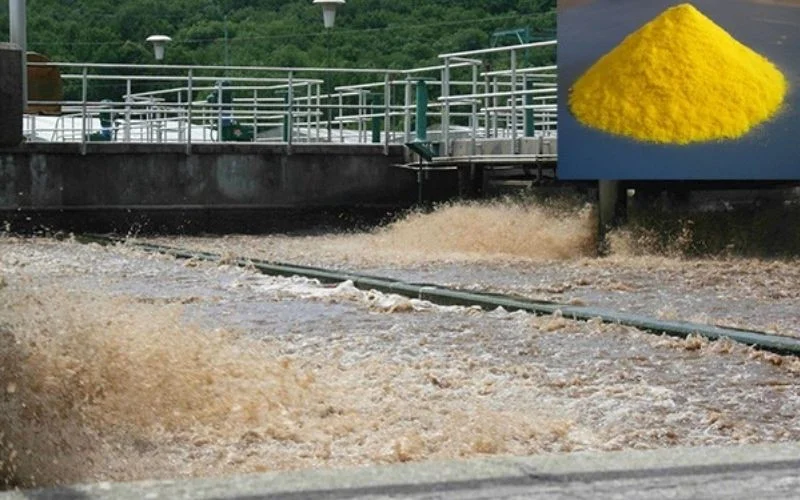
Advantages of using PAC to treat wastewater
PAC is a new generation type of Aluminum alum that exists in polymer form. The product is being widely distributed and used in many countries around the world to replace Aluminum Sulfate alum in wastewater treatment. This is thanks to the outstanding characteristics from its quality, efficiency to price, specifically:
- Using PAC in wastewater treatment ensures pure water quality, better than other inorganic coagulants, but the filtration cost is 15 - 30% lower.
- Flocs form quickly and have a faster deposition rate than other chemicals. Furthermore, PAC sedimentation aid also has the ability to treat large amounts of water and has lower turbidity than traditional products like Aluminum Sulfate.
- The alkalinity of the water to be treated is lower than other inorganic flocculants, so there is no need to add or use less alkalinity, minimizing water treatment costs.
- The range of pH concentration of water to be treated is wide, the most suitable is from 5 - 9.
- The effect of PAC in water treatment is much better solubility compared to other types of coagulants.
- The amount of salt used in water increases very little, so it is beneficial for treatment, ion exchange and the production of water with high concentration of purity.
- The ability to adapt to water temperature is extremely good, providing higher efficiency than other inorganic coagulants on the market today.
4. Some noted issues upon use of PAC

Some noted issues upon use of PAC
Because PAC is a very active chemical, during use, customers should pay attention to the following issues:
- If used at low doses, the PAC sedimentation aid chemical is very effective. The product is capable of treating a large volume of wastewater, so using it too much can cause re-stabilization phenomena of colloidal particles.
- The dose of Chlorine in PAC will promote the corrosion process faster, especially in areas with a lot of residue.
- PAC must be dissolved before being added to the water to be treated, and the equipment used and dosing tools also need to be made from corrosion-resistant materials.
- During use, to ensure the quality and effectiveness of PAC, customers must store it in a cool, dry place and limit direct sunlight at ambient temperature <80oC to prevent product packaging from being damaged, helping to preserve for a long time.
Depending on the chemical characteristics, wastewater treatment processes for each environment and area are different. PAC chemical can be combined with other wastewater treatment agents to meet the system's own requirements, reducing overall treatment costs.
5. Dong A specializes in providing genuine wastewater treatment PAC
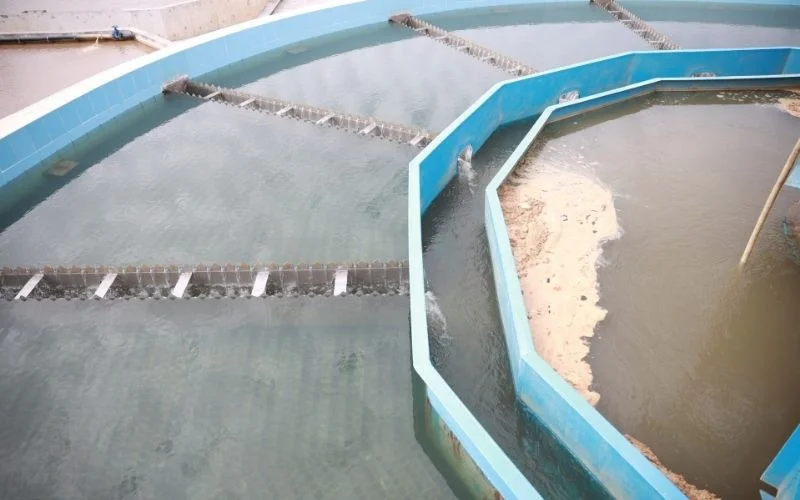
Dong A specializes in providing genuine wastewater treatment PAC
Dong A Chemical Company is proud of being a reputable supplier of water treatment chemicals, meeting top quality standards in Vietnam today. The unit has been trusted and chosen by many manufacturing and environmental companies as a supplier of PAC chemical for water treatment, bringing high efficiency in production activities.
In addition, chemical treatment products in Dong A are produced directly so they have the best prices in the market such as PAC, Chlorine, Liquid Chlorine, Javelle water, HCl Acid, etc. Products supplied with full instructions for use along with quality testing help customers feel more secure when using. In addition, the company also owns a product warehouse of up to 8 thousand m3, 30 ISO Tanks and 30 specialized transport vehicles, ensuring a timely and quick supply of chemicals to customers.
Hopefully, the above sharing from Dong A will bring useful information to you in using PAC chemical to treat wastewater. If you encounter difficulties in wastewater treatment, please contact the company immediately via Hotline (+84) 985797941 or Email: export@dongachem.vn or visit the website dongachem.com for advice and most dedicated support.
Related Articles
PAC Chemicals For Swimming Pool Water Treatment - Advantages And Treatment Process
PAC is a swimming pool water treatment compound commonly used and produced by many major countries ...
Chlorine Is Used To Treat Swimming Pool Water Effectively And Safely For Users
Chlorine is a common disinfectant used to maintain the cleanliness and safety of swimming pool ...
PAC Provides The Safest And Most Effective Water Treatment Today
Currently, instead of using river water as before, many localities, including rural areas, have ...
Causes and Best Ways to Treat Slimy Shrimp Pond Water
High-tech intensive and super-intensive shrimp farming models on canvas-lined ponds give extremely ...
4 Measures to Treat Green Pond Water During Aquaculture
How to treat green pond water quickly and simply is something every aquaculture farmer wonders ...
What is alum-contaminated water? How to effectively treat alum-contaminated water?
A lum-contaminated water often occurs in rural areas, plains,... where wet rice is grown or there is ...


